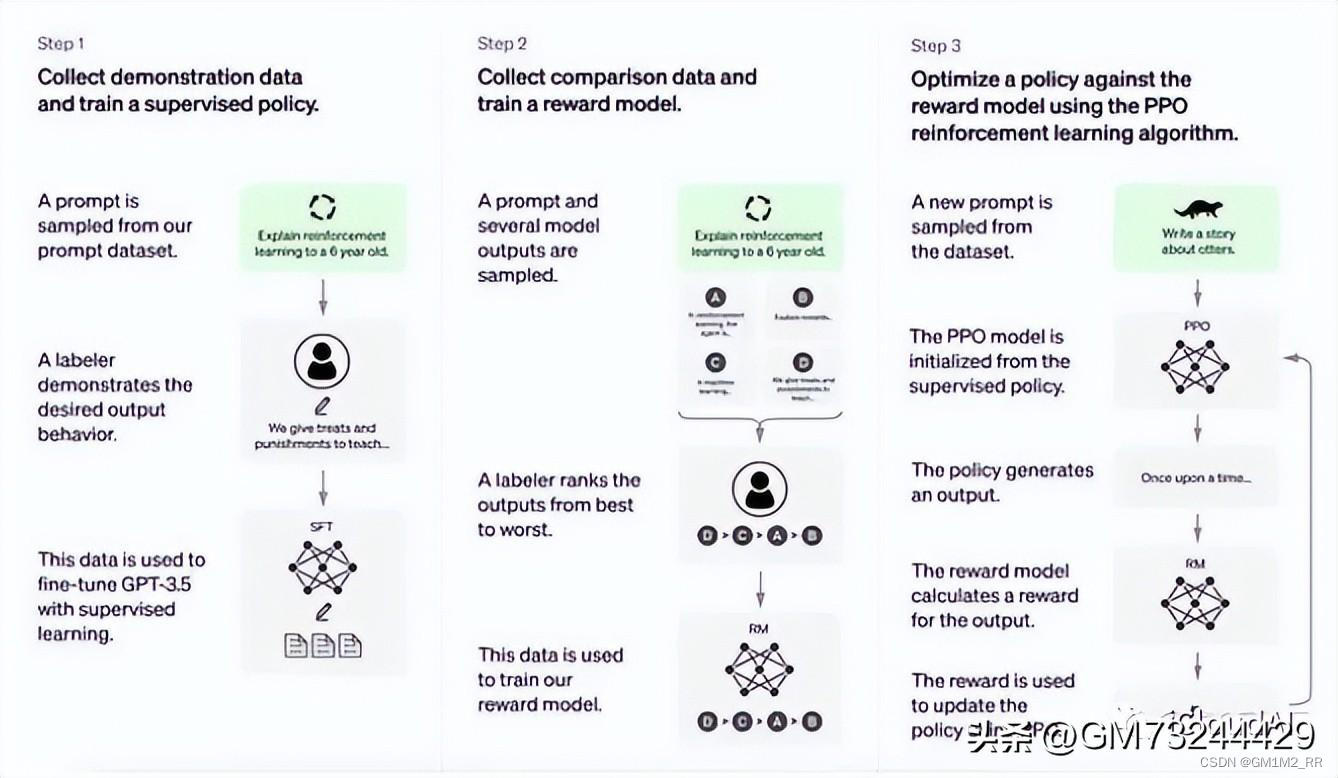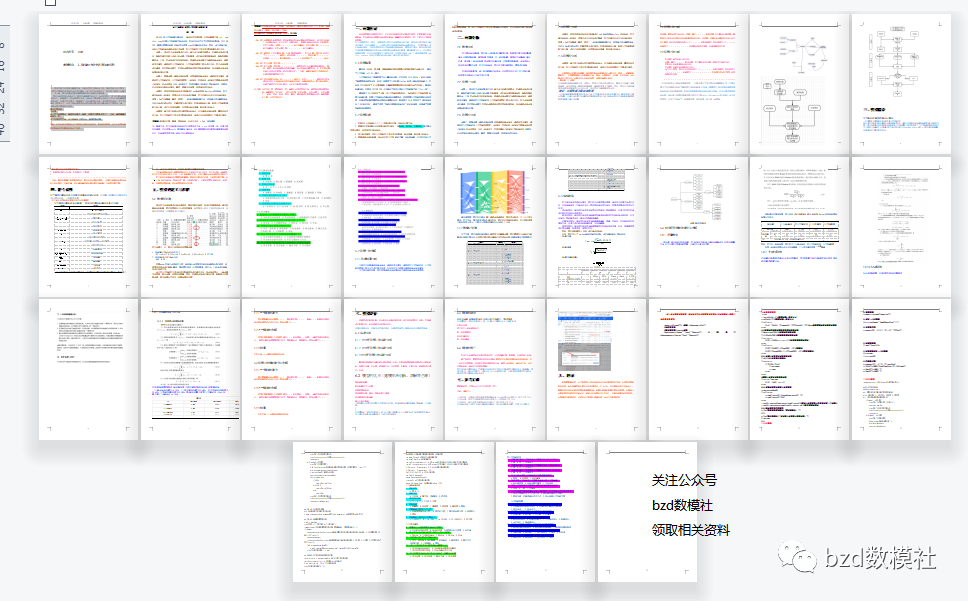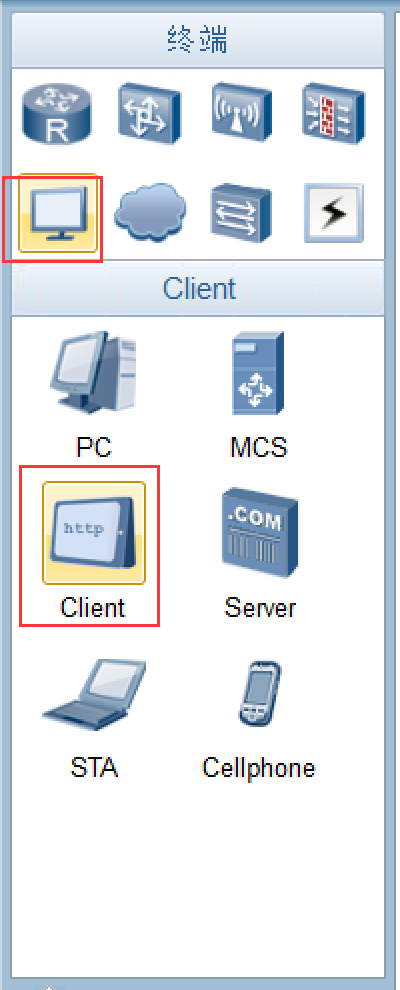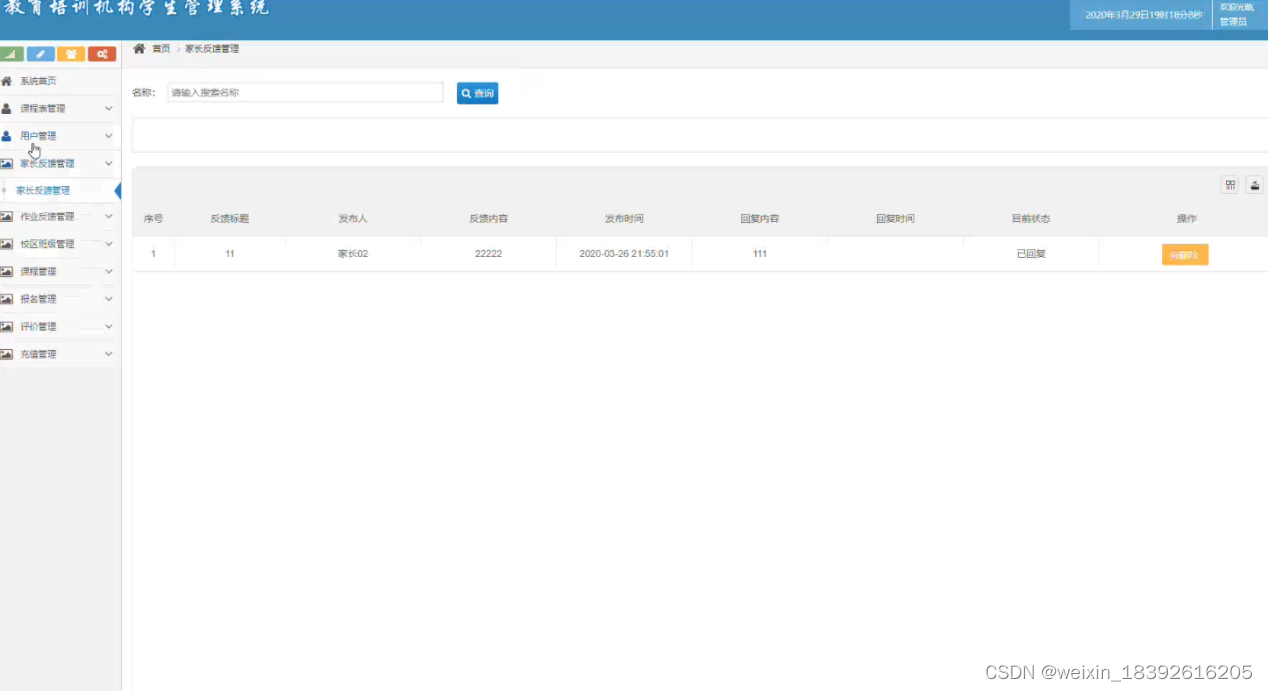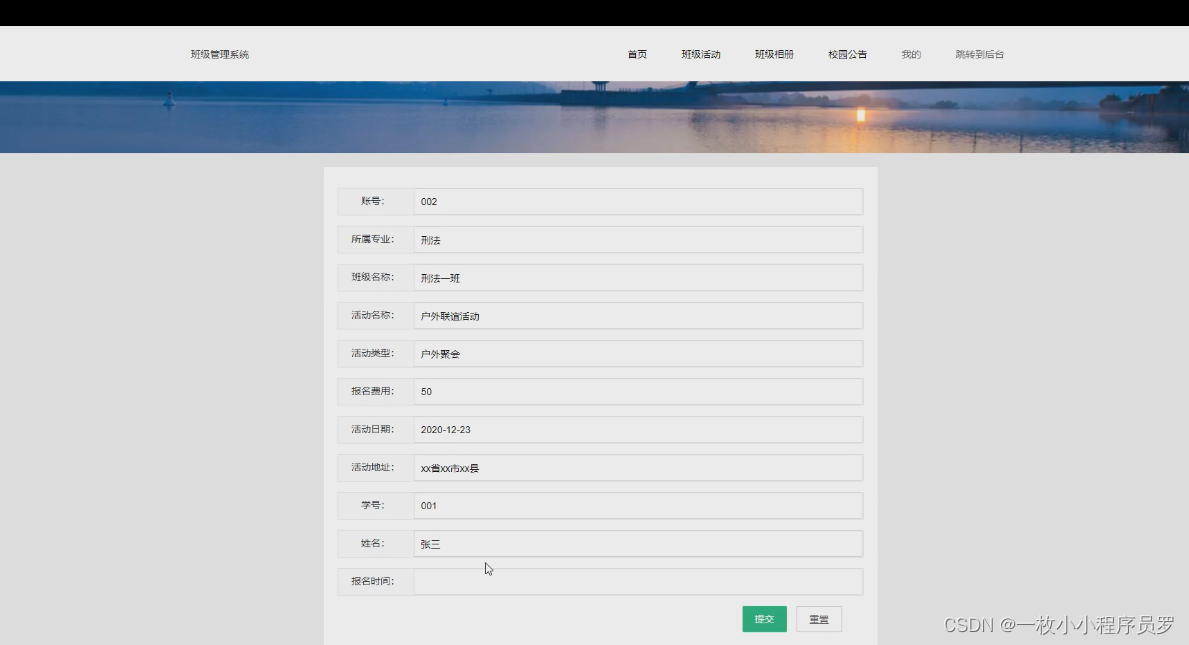Computer Science计算机科学在英国各个大学都属于热门专业,今天海马课堂(www.highmarktutor.com)给大家带来了计算机科学(Computer Science)论文选题推荐,供有需要的同学们参考。

一、计算机科学论文概述
计算机科学论文按内容性质和研究方法的不同,可以分为理论性论文、实验性论文、描述性论文和设计性论文。
在写作之前,先问问自己这篇论文写好以后给整个领域的贡献是什么,这实际上是整个文章的灵魂,也是你解决某个问题的方案。
想清楚以后把它们按照重要性顺序写下来,这些就是你在Introduction里面告诉导师以及读者的contributions。
贡献可能是新算法,新架构或者是前人没有的insights。这些可以慢慢在Intro里面填充,这样Intro就写好了。
Intro写完以后会写一章相关工作,Related Work不是记流水账(比如甲用了idea A,乙用了idea B,丙用了idea C),而是要比较这些论文,阐述各自的优缺点。
Related Work写完后,你需要写一个Overview来总括你的问题和解决方案。最好想一个最最简单的例子,然后使用这个例子引出你要解决的问题。
下面就完全是技术细节了。如果是自己做的的话,这些是特别好写的,因为你只需要把code/算法/架构在纸上还原出来即可。
技术细节和实现讲完了,就该讲你是如何用实验支持你的contributions啦,你需要写的是如何从实验数据中展示你的解决方案。
如果写到这里你还有充足页面可用,你可以试图写一个discussion章节来讨论你的方案的缺点,以及未来有可能的改进情况。
最后就是结论啦,用一两个段落概括一下解决的问题,解决思路以及贡献就可以了!写作难点在于选题要新颖,论点要全面,论据要充实。
二、可选的写作主题
1. Artificial intelligence/人工智能
2. Computer science/计算机科学
3. Software engineering/软件工程
4. Network security网络安全
5. Data Science/数据科学
6. Information technology/信息技术
7. Information security/信息安全
8. Human computer interaction/人机交互
9. C language/C语言
10. Computer application basis/计算机应用基础
11. Local area network/局域网组建
12. Computer Assembly and Maintenance/计算机组装与维修

三、可选的论文题目
01 Artificial intelligence 人工智能
1. How to choose the right algorithm for machine learning?
如何为机器学习选择正确的算法?
2. Supervised vs. unsupervised machine learning: compare & contrast
比较与对比有监督与无监督的机器学习
3. Deep learning & artificial neural network.
机器的深度学习与人工神经网络
4. A comparison of model-free & model-based reinforcement learning algorithms.
无模型和基于模型的强化学习算法的比较
5. How do social robots interact with humans?
社交机器人如何与人类互动?
6. Natural language processing: chatbots
自然语言处理:聊天机器人
7. How does natural language processing produce natural language?
自然语言处理技术如何产生自然语言?
8. Computer vision application: autonomous cars.
计算机视觉的应用:自动驾驶汽车
9. Recommender systems: content-based recommendation vs. collaborative filtering.
推荐系统:基于内容的推荐vs.协作过滤
10. Internet of things & artificial intelligence: the interconnection
物联网与人工智能之间的相互联系
02 Information technology 信息技术
11. Role of Technology in Business and Advertising.
技术在商业和广告中的作用
12. Technology and Communication Connection: Benefits and Shortcomings
技术和通信的联系,他们的优缺点
13. Moral and Ethical Issues in Technology Today.
当今技术中的道德和伦理问题
14. Ethics in Assisted Reproductive Technology (ART)
辅助生殖技术(ART)的伦理问题
15. The Relationship Between IT and Economic Performance.
信息技术与经济绩效的关系
16. Perception and Awareness of Teachers about Technology Integration in Special Needs Education.
教师对特殊需求教育中的技术整合的看法和认识
17. The Role of Technology in Making Important Health Decisions.
技术在做出重要健康决定中的作用
18. Processing of Intel and AMD: Chipset Technology.
英特尔和AMD的处理:芯片组技术
19. Health Information Technology and the Importance of Its Selection.
卫生信息技术及其选择的重要性
20. The Role of Technology in Economic Development and the Process in uk.
技术在经济发展中的作用和英国的发展进程
03 Computer application basis计算机应用基础
21. How the development of IP networks relate to the environment.
IP网络的发展与环境有什么关系
22. How dynamic proxies helps in supporting RMI in a mobile environment.
动态代理如何帮助在移动环境中支持RMI
23. The role of the computer in the making of face masks.
计算机在制造面罩中的作用
24. How computer has aided in the making of modern ventilators
计算机是如何帮助制造现代呼吸机的?
25. Ways in which the computer has helped spread the news of new covid 19 cases around the world.
计算机如何帮助在全世界传播新的covid 19病例的消息
26. How computer study has helped in creating new software in the modern world.
计算机研究如何帮助在现代世界中创造新的软件
27. Careers in web development through the study of computer science.
通过学习计算机科学在网络开发方面的职业
28. How to gain basic programming skills and software development when study computer science.
学习计算机科学时如何获得基本的编程技能和软件开发
29. Advanced skills in programming, software development, and basic computing skills.
编程、软件开发和基本计算技能的高级技能
30. How learning has become simple with the introduction of online classes.
随着在线课程的进入,学习如何变得简单
04 Communications and Media 通讯和媒体
31. New media: the importance of ethics in the process of communication
新媒体关于传播过程中道德的重要性
32. Media during the disasters: increasing panic or helping reduce it?
灾难中的媒体:增加恐慌还是帮助减少恐慌?
33. Authorities’ media representations in different countries: compare & contrast.
比较和对比不同国家的当局的媒体表现
34. Media exposure and its influence on adolescents.
媒体曝光及其对青少年的影响
35. The impact of mass media on personal socialization.
大众传媒对个人社会化的影响
36. How do people use hype in the media?
人们如何利用媒体的炒作?
37. Is it possible to build trustful relationships in virtual communication?
在虚拟交流中建立信任的关系是可能的吗?
38. How to maintain privacy in social media?
如何在社交媒体中维护隐私?
39. How has the interpersonal communication changed with the invention of computers?
随着计算机的发明,人际沟通发生了怎样的变化?
40. How enterprises use ICT to get a competitive advantage?
企业如何利用ICT获得竞争优势?
05 Computer Science & Engineering 计算机科学与工程
41. How are virtual reality & human perception connected?
虚拟现实和人类感知是如何联系的?
42. Computer science & high-dimensional data modeling.
计算机科学与高维数据建模
43. The use of blockchain and AI for algorithmic regulations.
区块链和人工智能在算法监管中的应用
44. Banking industry & blockchain technology.
银行业与区块链技术
45. How does the machine architecture affect the efficiency of code?
机器结构如何影响代码的效率?
46. How is mesh generation used for computational domains?
网格生成是如何用于计算领域的?
47. The development of computer graphics: non-photorealistic rendering case.
计算机图形学的发展:非写实的渲染案例
48. The development of the systems programming languages.
系统编程语言的发展
49. Theoretical computer science in functional analysis.
函数分析中的理论计算机科学
50. Is it possible to eliminate phishing?
有可能消除网络钓鱼吗?
06 Network security网络安全
51. Practical solutions to phishing attacks.
钓鱼网站攻击的实用解决方案
52. The relationship between social networking and digital safety.
社交网络和数字安全之间的关系
53. What are the primary motivators of data breaches and hacks?
数据泄露和黑客攻击的主要动机是什么?
54. How does an authorization system function?
授权系统是如何运作的?
55. The economic impact of cyberattacks.
网络攻击对经济的影响
56. The evolution of ransomware in the cybersecurity space.
勒索软件在网络安全领域的演变
57. Pervasive spectrum sharing for public safety communications.
公共安全通信的普遍频谱共享
58. Synchronizing devices and impacts of internal safety.
同步设备和内部安全的影响
59. Why public Wi-Fi should be avoided?
为什么应避免使用公共Wi-Fi
60. What are the privacy and security issues associated with chatbots?
与聊天机器人有关的隐私和安全问题是什么?




